Five reasons why Data Culture is just as important as Data Science
/Data Science is an amazing tool in the organization’s toolbox. It can provide immeasurable value when done well. Those in data circles have spent the last 10 years hearing about those success stories, reading example after example of the great things it can create. To be sure, there is still untapped value in that “oil well”.
And yet, while executives have been steadily investing more resources into tapping this seemingly endless well of value, we’re starting to see the cracks. Gartner estimates that by 2022, 20 percent of analytic insights will deliver business outcomes. Wait, what? If that’s the future, what does the current state look like?
Anecdotally, you see it too. The business is frustrated that they’re not seeing the returns. The CFO is starting to scrutinize those budget lines closer. The CEO is getting more impatient for results.
Is this a failure of the data scientists? Maybe we couldn’t afford the “good” ones. Perhaps they didn’t do enough data visualization or data storytelling?
Perhaps it’s a failure of the executives? They didn’t invest as much as they needed to get the return. Or, perhaps they weren’t fully bought into this new approach.
Perhaps it’s a failure of the business teams? They didn’t value what the data scientist could bring to the table. Or, perhaps they didn’t listen to the recommendations and insights being generated.
Or worse yet, data science just doesn’t provide the value we thought it did. Yes, people are actually asking this question.
Data is not a siloed activity
Separating the data teams from the business teams is a surefire way to never get value from your data
I once worked with a brilliant analyst named Dan. He was a true data scientist before that term was popularized. A truly skilled mathematician, gifted with just about any statistical tool you could give him, he could quickly diagnose and solve the stickiest data challenges we had. I learned a lot from Dan early in my career.
But Dan wanted nothing to do with the business team he supported. Meetings with the business partners was a nightmare for him. He was clearly intellectually superior to those regular old business people. He knew what they needed and he was going to provide them with that. Besides, he was on the analytics team and didn’t report to them, so it didn’t really matter what they wanted.
Perhaps not quite as extreme as Dan, but I often come across this “Analytics vs. Business” mentality in analytics teams that I work with. And I think the root of the problem is that we’ve structured our teams in such a way that we’ve isolated them from each other.
How many of your organizations set out to build more analytic capabilities by hiring a “head of” analytics, then building out a team, then going to work building (or re-building) the data infrastructure? I’ve personally worked with a dozen Fortune 500’s that fit this bill. It’s not a bad place for a startup analytics group. Silo your efforts so you can focus on laying the groundwork. Afterall, you can’t extract value out of your data if you aren’t correctly capturing, moving and storing that data.
Unfortunately, this approach has a sinister downside. It creates an isolated bubble of data-related activities and projects. And the longer you stay in the bubble, the harder it is to push beyond that bubble.
Great data projects don’t happen because isolated data scientists are casually strolling through the data, looking for interesting tidbits. The best data scientists I know today build strong bridges between their team and the business team they support. They understand that the data is there to augment the business, and isn’t there as an end-all-be-all panacea.
Algorithms don’t add value, people do
The most accurate forecast model ever created adds no value if the business doesn’t do something with it
A number of years ago, I was working for a company that was struggling. Sales were down, costs were up, and the industry was in the middle of a seismic shift. The company was caught in a bad situation and was unprepared to deal with it. To make matters worse, we had purchased several other struggling competitors as a way to “bring consolidation” to the market, but all it did was increase the number of low-revenue/high cost problems we needed to solve.
My data science team decided it was time to start leveraging our data to create some actionable tools that could start moving us in a better direction. We set to work building a complex algorithm that would create a series of benchmarks around our customer’s buying history, compare each customer against the benchmark, and expose each customer’s unique “hidden opportunities”. We reasoned that mining over 1 Billion records to find nuanced, customer-specific buying patterns would arm our sales team with critical insights about their clients that would help them target their conversations and drive sales. It was a brilliant plan.
How much increased revenue did it generate? None. We tweaked the algorithm for almost 3 months, adding depth, complexity and accuracy. Getting it “just right” was important. Then we gave it to the sales team who… did nothing. It was too abstract, too complicated. They poked holes in calculations. In the end, it never was rolled out to the sales team, and 3 months of great Data Science efforts were wasted.
6-8 years ago, the industry told everyone that Data Science was the answer. It told employees to rush out and re-brand their skills, or train on those skills. Data Science Bootcamps were created, Universities built new Masters programs. Coursera and Udemy exploded with online certifications. Don’t get me wrong, these are good things! Great things, even.
But what was missing from the R and Python training, the Hive, Spark, Tensorflow, and AI training, the Bayesian probabilities and the clustering techniques… was the reason we create these things in the first place. It’s not about the algorithms. It’s about the human behaviors that our data influences. That’s when data becomes valuable. If we’re not creating things for humans, with the goal to influence those humans in some meaningful way, then our fanciest and most sophisticated algorithms won’t add a drop of value.
Knowing what to focus on
Data can solve problems, but knowing which problems to solve is the real question
Erin is the VP of Sales at your organization. Sales are flat and Erin is growing increasingly anxious about getting back to growth. You decide to take a look at the customer sales data. Is the miss coming from a certain product line? Is it a customer retention problem? Are new business efforts lower than expected? Perhaps deal sizes are shrinking? After some digging, you find that most of your sales are doing fine, but the annual revenue generated by 8 out of your top 10 customers has shrunk over the past 12 months. Erin is now armed with just the information she needs to address the problem and get the company moving in the right direction again.
But what if Sales are booming? Erin is likely just trying to stay above water with all the new deals. She has plenty of problems, but they’re quite different. Now she’s worried about how the Operations team is going to handle the influx of new orders. She needs to make sure that legal has time to review all the contracts. She’s looking into hiring new sales staff to keep up with demand. If you come to Erin with a customer analysis and breakdown of where she’s missing, it probably won’t be received well. She’s got too many problems already and doesn’t have time to fix this problem too. Erin doesn’t need NEW problems, she needs to solve NOW problems.
The point is, you could do the same analysis in both situations, and receive a drastically different response from the leader. That’s because data is only useful when it is being used to solve problems that your stakeholders care about. When there’s misalignment between the business and the data teams, you miss huge opportunities to leverage data.
Business teams don’t understand data
Don’t turn your marketing team into Analysts… arm them with data to become even better at their jobs
Do you have that special person in your life that’s still slightly scared of their computer? Like it’s going to eat them if they turn it on? This is exactly how my grandmother feels. We finally got her to log into her email account once a week, but it took 3 years of convincing.
My grandma is a brilliant lady. And yet she still spends an enormous amount of time with basic tasks like maintaining her calendar, managing daily tasks, basic communication. The computer is there to help her, yet she keeps doing things the way she knows. She’s COMFORTABLE with her old process. She knows it, and it hasn’t failed her so far.
I would argue that most business lines have a similar comfortability with their own industry knowledge. It’s what has gotten them to this point in their careers, and they’ll be damned if a data person comes in here and tells them something different. It’s not that they think data is bad, or doesn’t add value. In fact, if you asked them, I bet 9 out of 10 would say that they need their business line to be more analytical.
But saying you should do something, and actually doing it are very different things. What is stopping them from taking a data-informed approach? It’s fear of what they don’t know. Using data gives up control and safety of their industry expertise for something foreign, confusing, and different.
The lesson here is that getting your organization to use data isn’t about better algorithms, more hadoop clusters, or even more dashboards. It’s about the business becoming comfortable with using the data they have and blending it seamlessly with what they already know.
Executives haven’t truly bought in
executives need to live it the data-driven mindset, building it into their plans, and bringing their teams along
You’d be hard pressed to find an executive that hasn’t added data and data science to their list of yearly goals. They’ve read enough books, seen enough articles, and heard their colleagues and competitors talk about it to know that it can help them. So they dip their toes in the water… perhaps a bullet point at the end of their annual roadmap deck that says “oh yeah, and one more thing… we need to be data-driven”.
Wow a whole bullet point!? What a show of commitment! I’m sure your teams will jump right on it. I mean, they have no training in this, they don’t really know what “data-driven” even means, and they likely have a 10 other areas of focus coming out of that roadmap deck. But yeah, I’m sure it will get done.
Joking aside, most executives have likely allocated a bit of resources, but they’re not fully committed to the idea. To them, it’s still a nice thought experiment. But this is exactly the problem. It signals to their teams that they don’t need to take data seriously. A passing fad.
The unfortunate side-effect of leaders who keep data at an arm’s length, is that when the going gets rough, they are unlikely to rely on it in that critical moment. And they’re even less likely to ensure their teams rely on it. They’ll revert back to their guts. There will be “reasons” why we can’t rely on the numbers, especially when the numbers aren’t stellar. You will hear things like “You didn’t consider that our biggest customer doesn’t go through that [data collection] system”. Or, perhaps “we already tried analyzing that data and it was inconclusive”. Or, the worst “we already knew this information”.
The point is that an organization must have leadership on board with a data-informed culture. They can make or break whether the organization captures the value it’s seeking. Make sure your leaders are actually on the train, not just punching a ticket.
So What is Data Culture?
What is the solution to Data Science’s woes? A more HUMAN approach to data. One where the focus is on alignment between the executive teams, the business teams, and the data teams.
You want to be successful with data?
Do the hard work to ingrain it into the core DNA of your organization.
It needs to permeate how each employee thinks, that they have a voice in their heads asking “what does the data tell us about this?”.
When the business has a fundamental understanding of data, it allows them to speak a common language, often referred to as Data Literacy. This common language builds trust and encourages collaboration between the business team and the data scientists. It opens up the opportunity for them to ask bigger, more impactful questions because they know that they can even attempt to ask them. It ensures that they are more comfortable with a sophisticated mathematical solution to their problem, even if they don’t fully understand it.
But most importantly, it allows the business to bring data to the table, combine it with their deep domain expertise, and make an EVEN BETTER decision than they would have otherwise.
Want to use data more effectively? Align your data science teams with leaders and business teams to make sure they’re all moving in the same direction, and basically aware of each other’s needs and capabilities.
Create a culture of data, help your business team “speak the language of data”, and make sure the data team is tightly aligned with executive & business team objectives. Do this, and you’re all but guaranteed to see data project success rates well above 20%.






